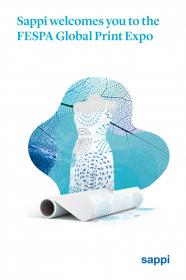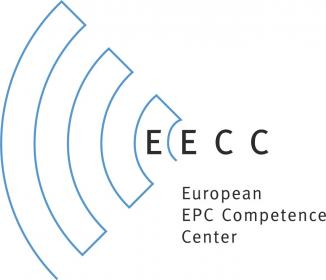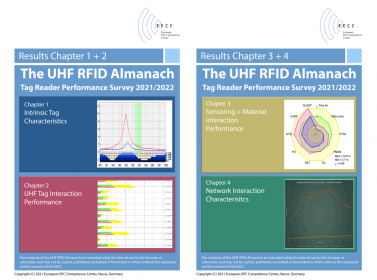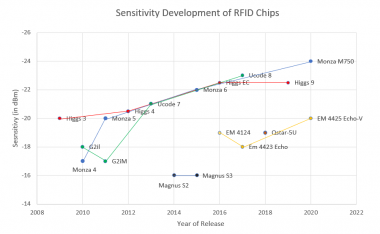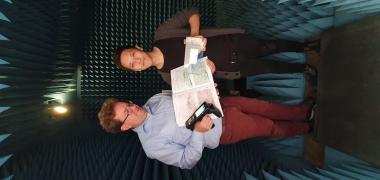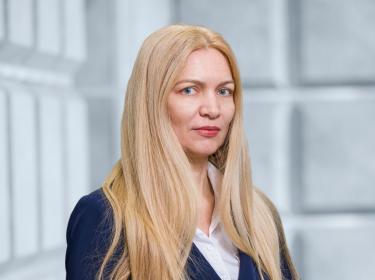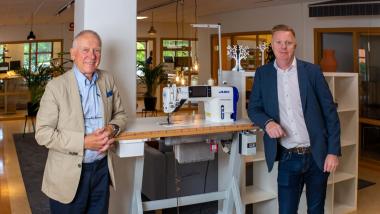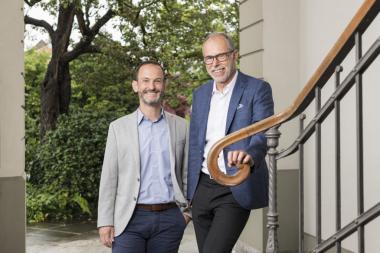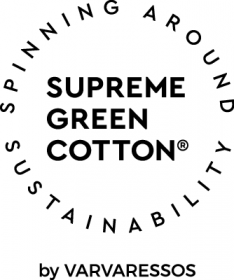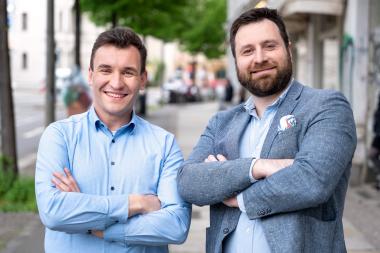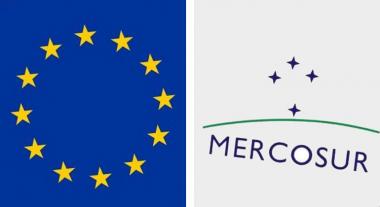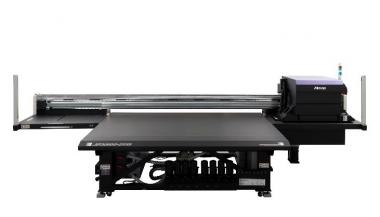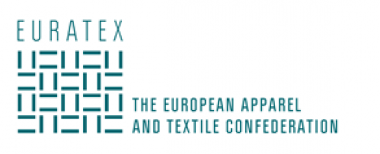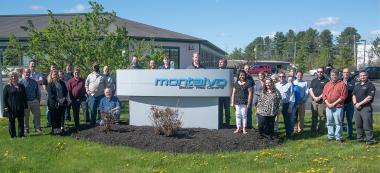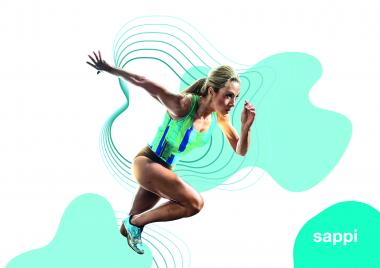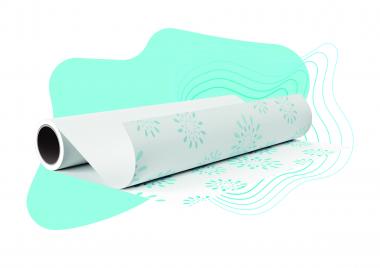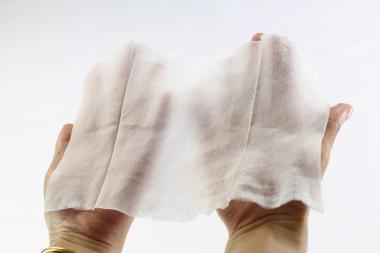Sappi with new print products at the FESPA Global Print Expo 2021
Sappi will be presenting its inkjet papers for large-format applications alongside its new Fusion Nature Plus containerboard and a variety of silicone-based papers at the FESPA Global Print Expo from 12-15 October 2021 in Amsterdam.
The new Transjet Tacky Industrial is a coated sublimation paper for digital transfer printing – specially developed for high-speed inkjet printing on highly elastic textiles. Also new in the portfolio is the Basejet uncoated sublimation paper, designed for the digital printing of fashion and home textiles, especially light-coloured designs.
Papers consist of 100% recyclable pulp and are FSC-certified.
In Amsterdam, Sappi will also be demonstrating its inkjet papers for large-format applications. Scrolljet is suitable for outdoor applications including City Light and Mega Light systems. It stands out thanks its enhanced whiteness, high colour density and good line sharpness, alongside tear resistance and UV print protection. For indoor graphics and posters, Swiss Matt reveals its unique advantages of accuracy and pin-sharp lines.
Sappi's new Fusion Nature Plus is all about corrugated packaging, POS displays, shelf-ready packaging and carrier bags.
The products from the Silicone Base Papers range – for self-adhesive applications such as car wrapping, outdoor advertising and office materials – complete this year’s Sappi FESPA Global Print Expo portfolio.
Sappi Europe


